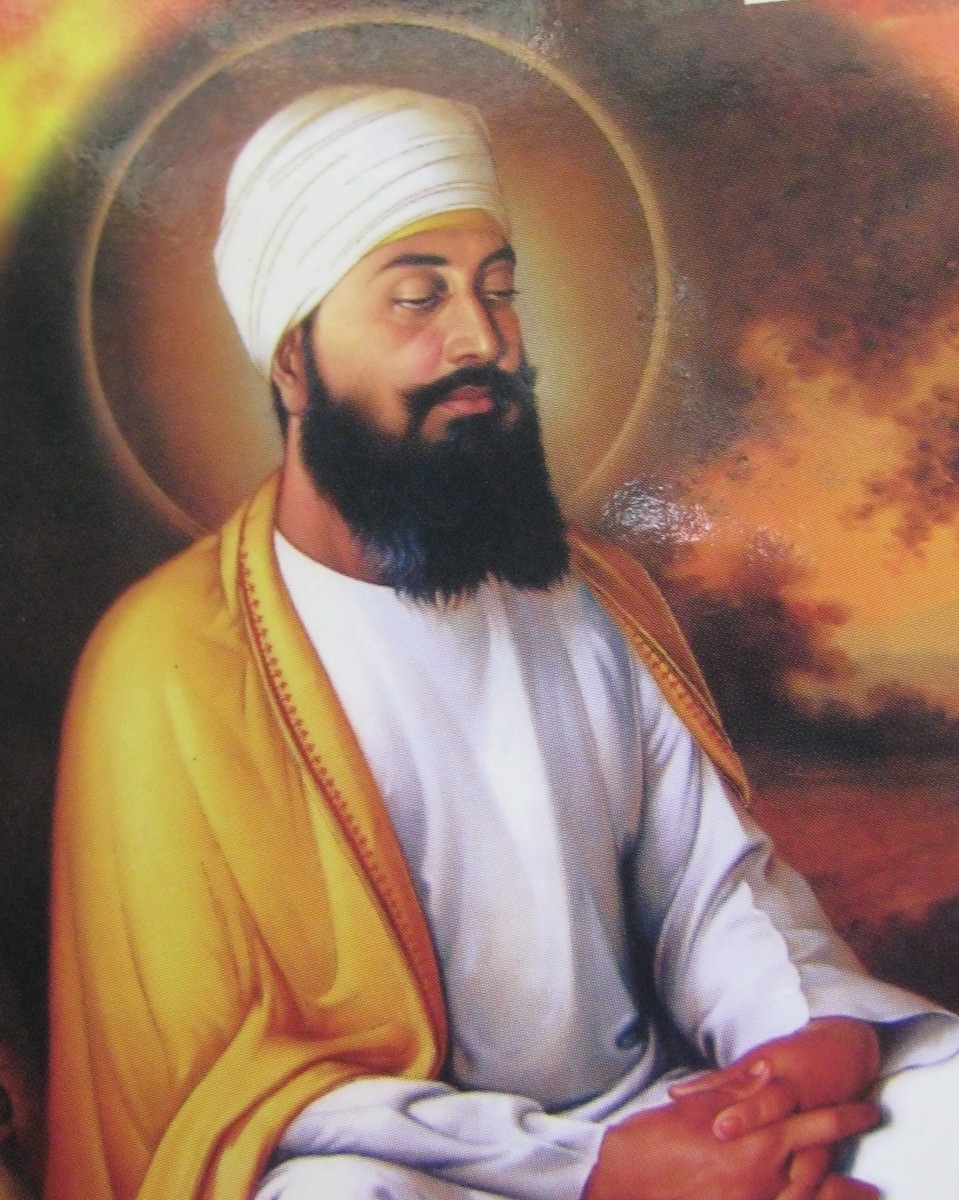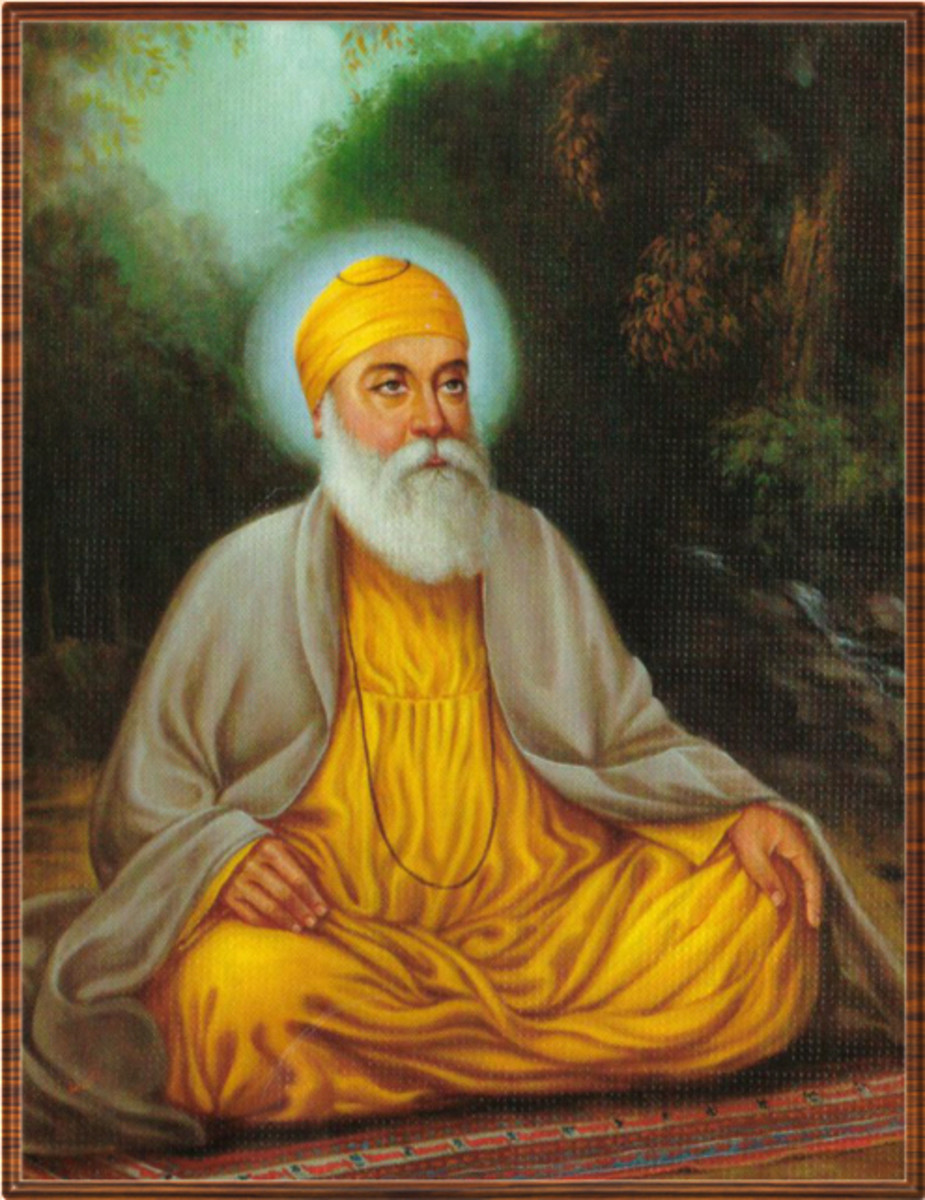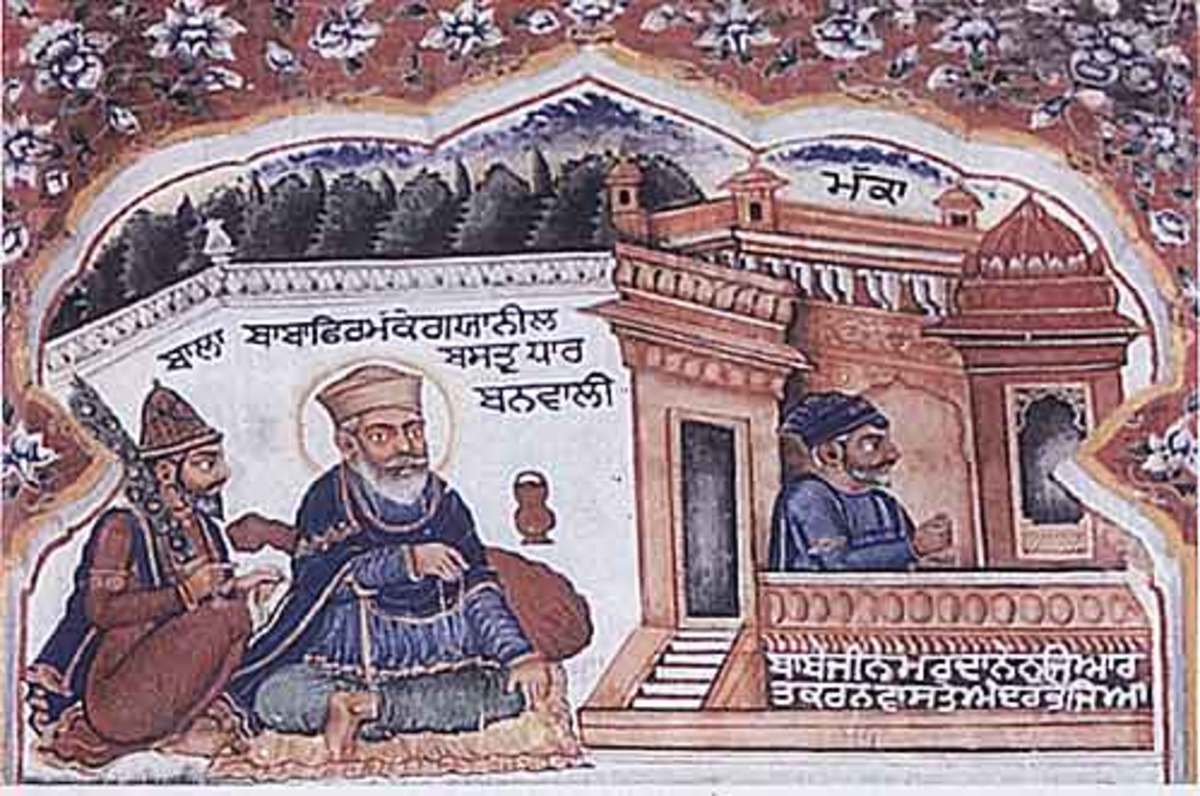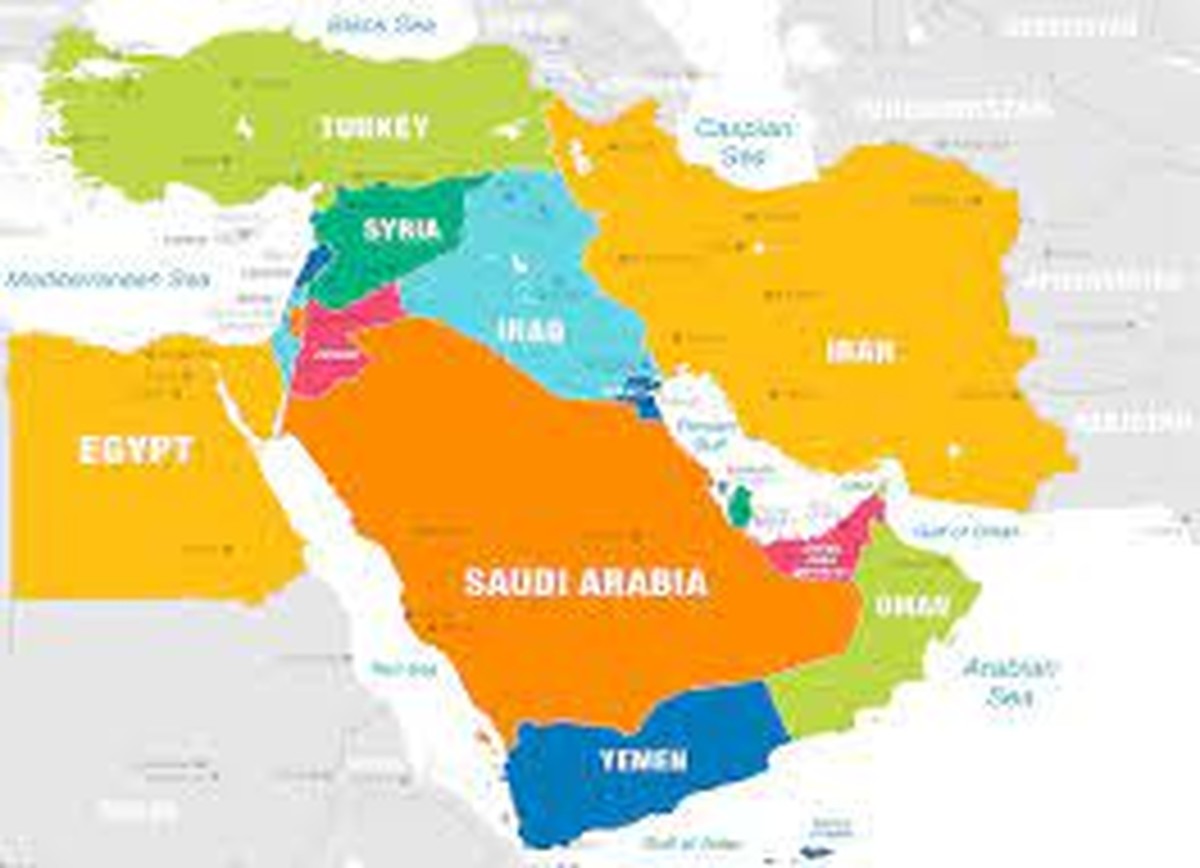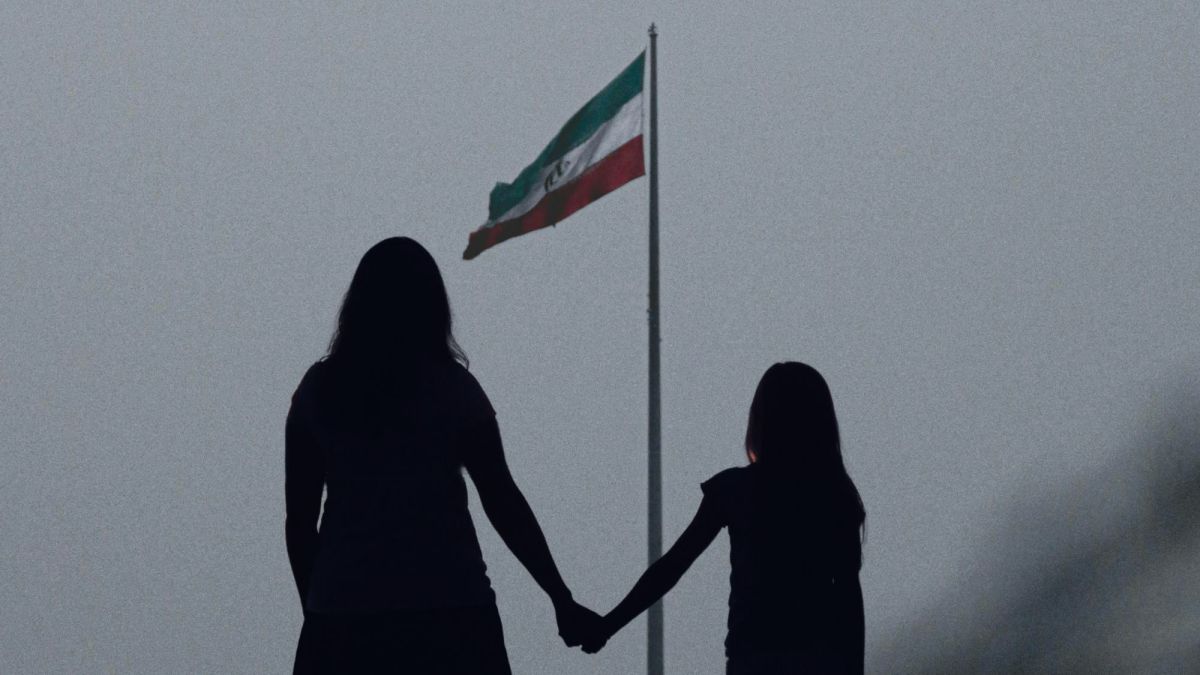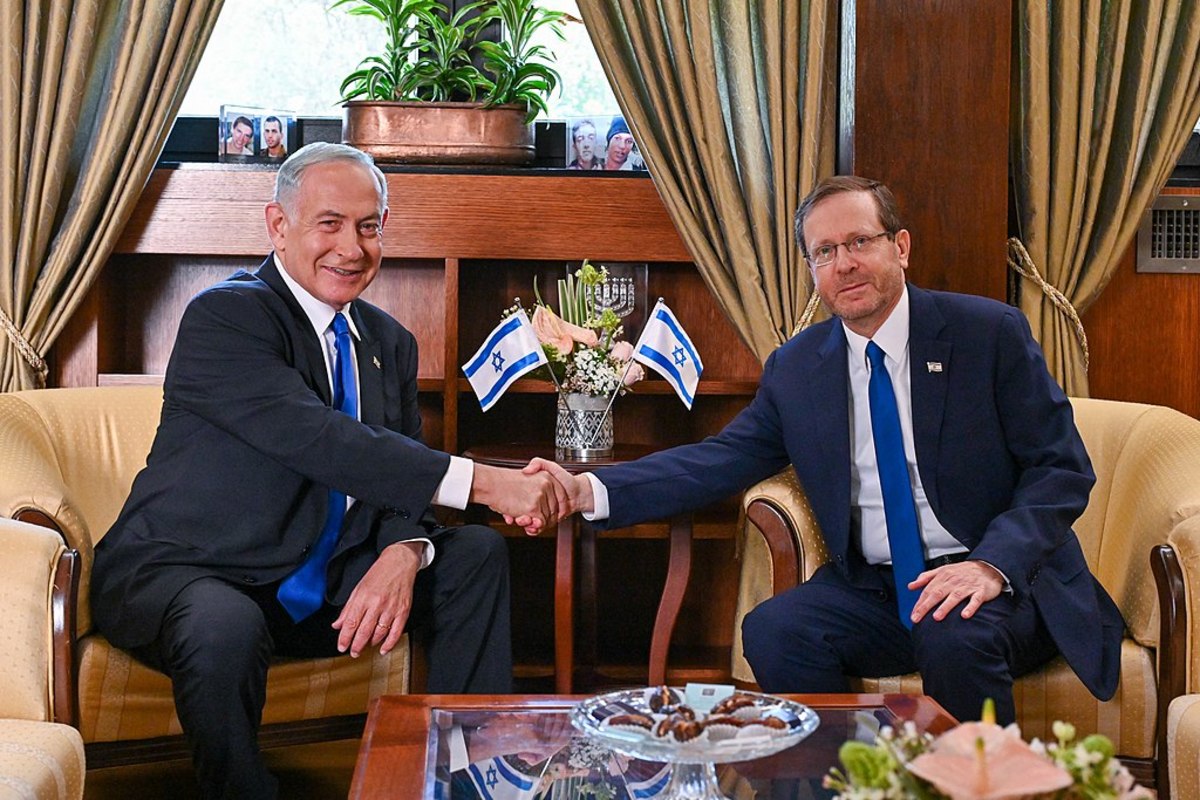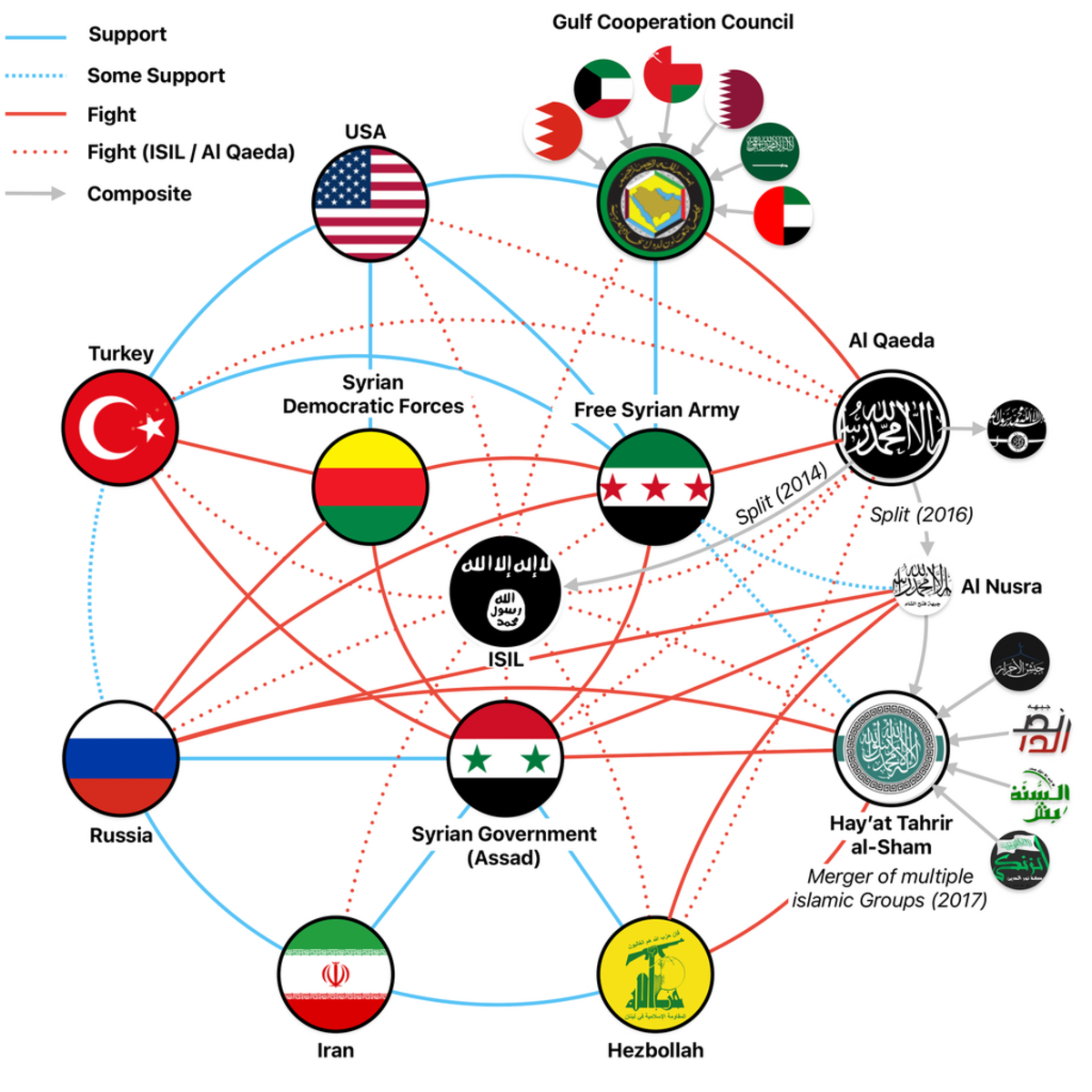Travels of Guru Nanak and Sikh Gurudwaras in the Middle East
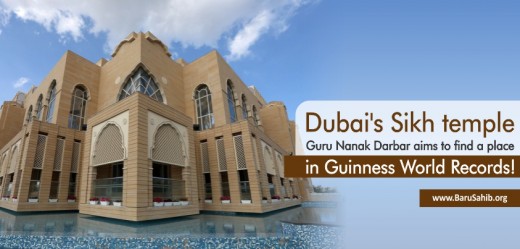
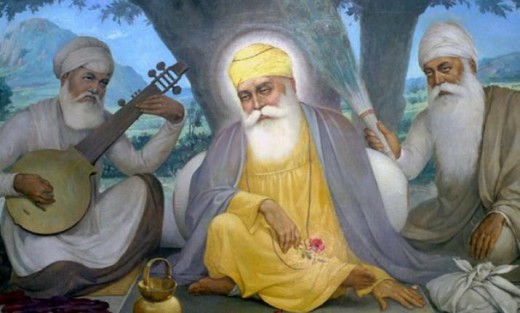
Introduction
Guru Nanak who lived in the 15th and 16th centuries is considered the founder of Sikhism. Sikhism per ce is an offshoot of Hinduism and many sikh gurus worshipped Hindu gods. in addition, the 10th guru Gobind Singh in his Dasam Granth has an entire chapter devoted to the goddess Chandi, who is one of the incarnates of the Goddess Durga. The chapter is titled Chandi The Var. In the 15th century, Guru Nanak made four long travels and one of these was to the Middle East. Middle East is a volatile place dominated by Islam. It is almost a closed world to other religions and none can practice his or her faith in most nations of this area. Yet it is worth learning that some intrepid travelers did travel through this iconoclast land and preached their faith. One of these was Guru Nanak.
Guru is reported to have traveled on a westward voyage to the Middle East during the period 1518-21. Sikh records insist that he traveled by sea route from Kutch to Mecca and from there he traveled to Baghdad and thence via Persia and Afghanistan and returned home by the end of 1521.
Travels of Guru Nanak
Guru Nanak traveled along with sea traders from Kutch to Abu Dhabi. This was a thriving village for trade at that time. This travel is well documented. From there, he hitched a ride on a caravan that was going to Mecca and reached there. Sikh sources mention this visit but there is no mention in any Islamic record. One reason for this is the closed nature of the Muslim religion and the act of denying that a non-Muslim may have entered Mecca. In any case, the Saudi government dominated by the Wahabbi concept of Islam will not allow any research to be carried out to authenticate the visit of Nanak to Mecca.
The Opinion of Mirza Ghulam Ahmed, Head of Ahmaddiyas
The point to note is that Nanak went to Mecca not in the garb of a Hindu but in the garb of a Fakir wearing a long robe that was worn at that time. The fact that he went there as per Sikh sources is perhaps true. In addition, the head of the Ahmadiyya faith Mirza Ghulam Ahmad also accepted that Nanak visited Mecca but not as a Hindu, but as a Muslim Pir (holy man) and he buttresses his claim by pointing out that Nanak Pir is accepted as a Muslim Sufi saint.
In case there is a relic of Nanak in Mecca it is buried or destroyed by fanatical Islamic followers.
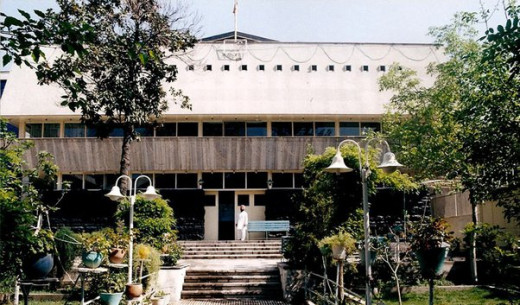
Further travels and gurudwaras
Baghdad
From Mecca, Nanak traveled to Baghdad. He reportedly reached Baghdad in 1520 and stayed there for many months. There is no doubt that Nanak visited Baghdad as a Gurudwara or Sikh temple was in existence as late as 2003. This gurudwara was constructed by Mohammed Pasha who was a follower of Pir Bakol with whom Nanak held many discourses sometime in 1524.
The gurudwara is now destroyed by fanatics. The Indian spiritual leader Sri Sri Ravi Shankar visited the site in 2008 and the then-Iraqi Vice President agreed to restore the gurudwara. We understand work is on to restore it, but the extreme and fanatical nature of Islam coupled with terrorist violence has made reconstruction work impossible. Gurdwara is still not constructed.
Guru Nanak traveled from Baghdad by land route across Persia and Afghanistan. Back to Punjab. There are some reports that he had been to Istanbul also and there is a plaque that commemorates Nanak's visit to Istanbul but it has not been established that Nana visited Istanbul.
Dubai Gurudw
The biggest gurudwara for the Sikhs has come up in Dubai. His Highness Sheikh Mohammad bin Rashid Al Maktoum, Vice President and Prime Minister of the UAE and Ruler of Dubai was instrumental in donating land for the gurudwara. The gurudwara is spread over 25,000 square feet near the Jebel Ali hospital and its hall for Langar (free kitchen) can seat 5000 persons. The Gurudwara functions round the clock and the free kitchen( langar) serves meals to all and sundry on a 24-hour basis.
Gurudwara at Tehran
There is also a gurudwara at Tehran. The India Prime Minister had visited it in 2008. The Gurudwara was founded in 1941 and is located at Avenue Hedayat, opp Iran hospital, Mesjed Henidyah, Tehran. There is a small Sikh community of about 100 families in Tehran who worship at this shrine.
Last Word
The Guru during his travel must have also stopped at many more places but relics of his stay and visit are hard to come by as Islam is an iconoclast religion which permits no deviation whatsoever. Hence, the chance that any more relic or temple commemorating his travel and stay will ever be found is zero. But this is fertile ground for scholars of history as a plank has been found in Istanbul in Turkey, dedicated to 'Nanak'. This opens up further interesting subject for research.
© 2012 MG Singh

